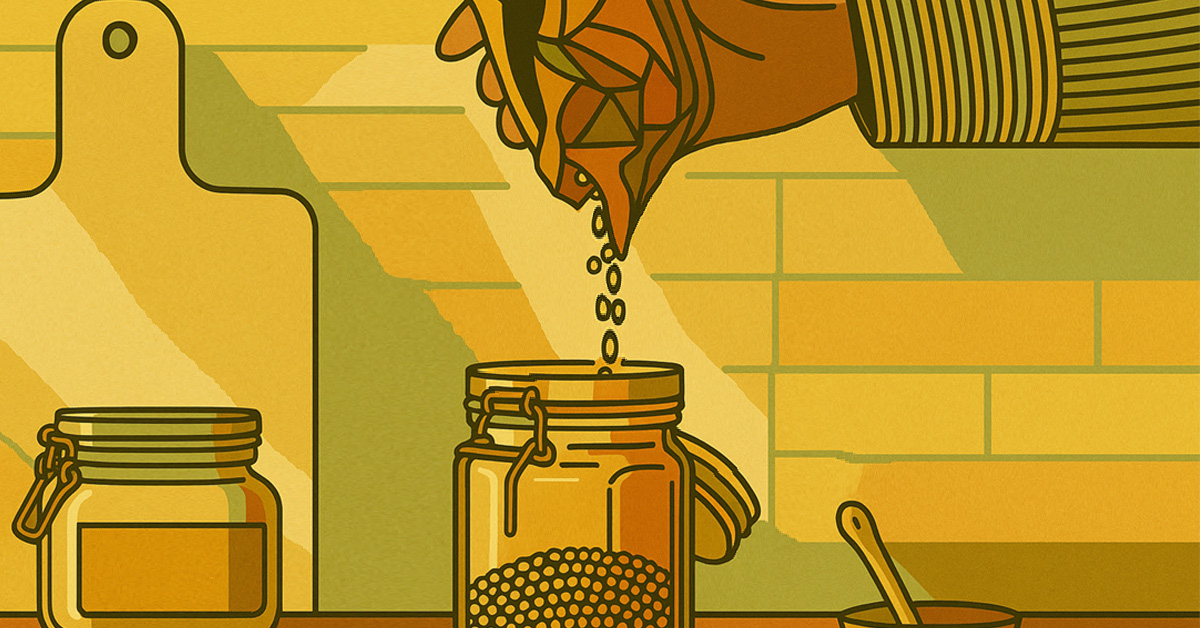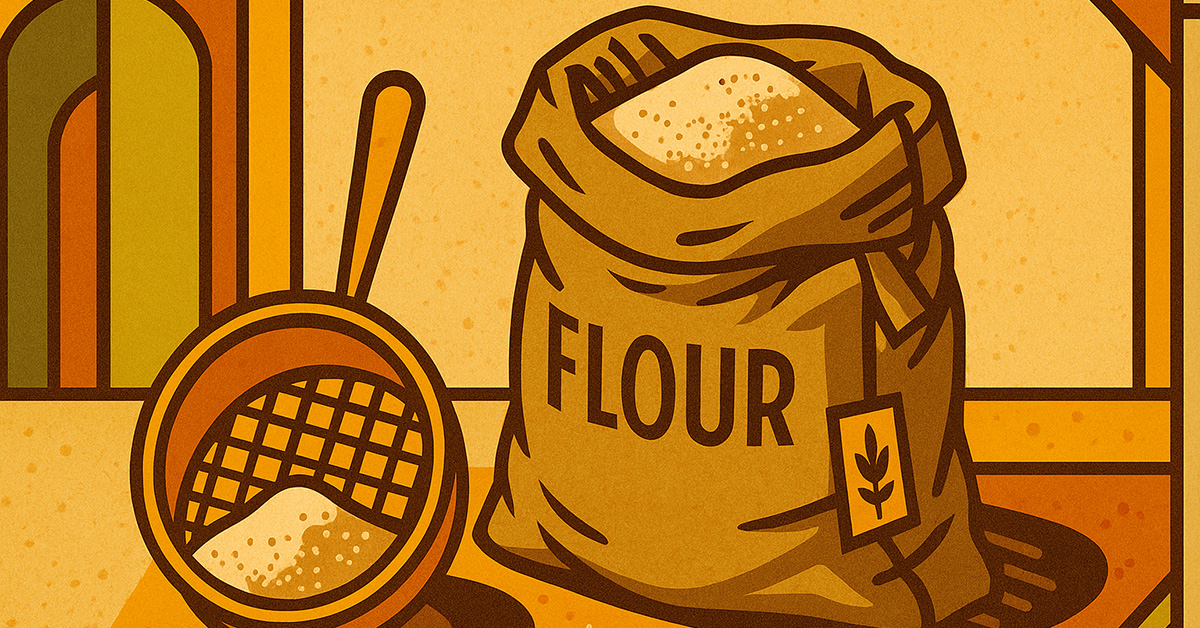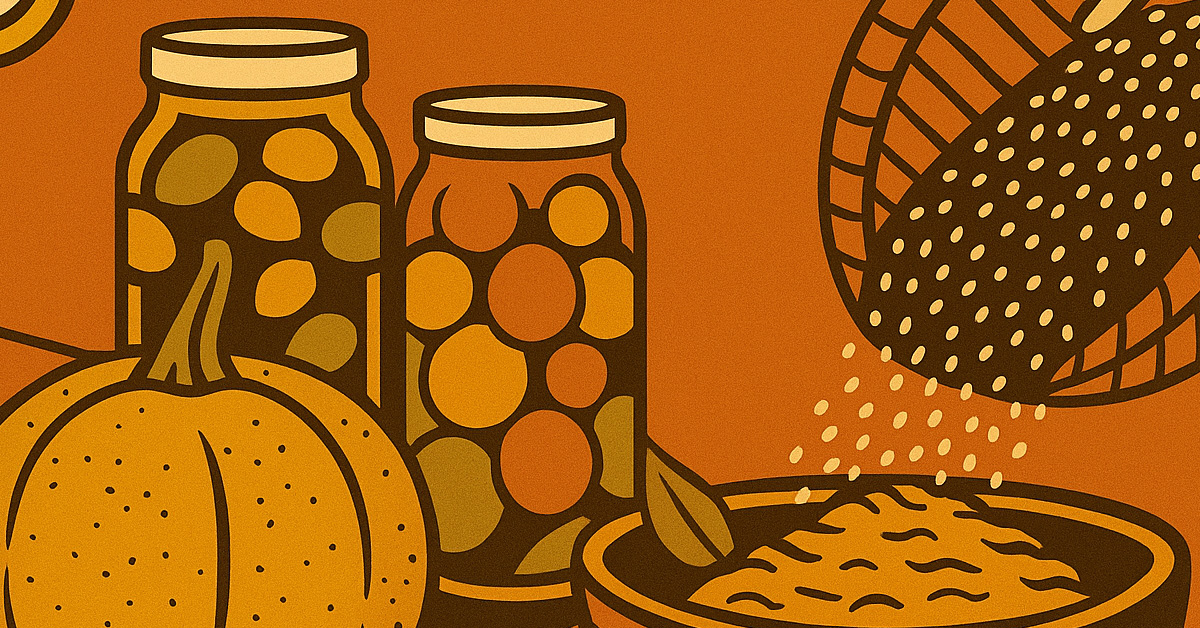
Grain’s Hidden Potential
Exploring how fermentation transforms milled grains into new possibilities.
More →Revival Mill & Bread Co.

Exploring how fermentation transforms milled grains into new possibilities.
More →
Proper storage preserves fresh-milled flour’s quality and nutrition.
More →
Master whole wheat baking: manage bran’s hydration, gluten, and fermentation.
More →
Master hydration, gluten, and autolyse for moister, flavorful loaves.
More →
Ancient grains offer nutrition, sustainability, and unique flavors.
More →